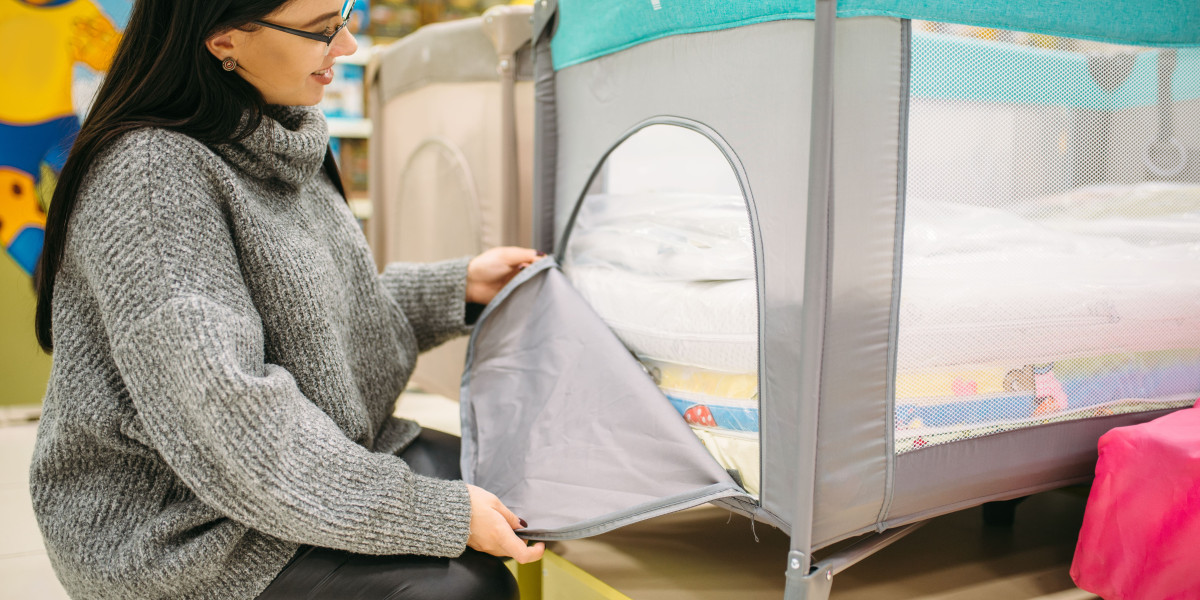Constrained spaces include the sewer tank, or a large underground excavated area. They are often enclosed, have restricted access and can be dangerous to access.
Confined space equipment is designed to reduce the impact of these kinds of dangers. It includes personal protective equipment as well as emergency response protocols and training.
Safety
Closed space equipment is designed to shield workers from the various dangers they might confront when working in confined areas. This includes everything from sensors that detect hazardous environments to rescue and retrieval systems that are used for the rescue of incapacitated employees.
Many factors go into determining and assessing possible risks in enclosed spaces, including the potential for liquids and gases to drown or choke an newcomer. Other environmental concerns, like steam hazards, are also taken into consideration. There is a significantly smaller chance of error when dealing with confined spaces, so even a tiny error could result in catastrophic consequences.
When entering spaces that are restricted, the first step is to perform an assessment prior to entry to identify and evaluate all dangers that could be present. Making sure that oxygen levels are safe (21 percent) and that toxic or flammable gasses aren't present are a few of the things that could be performed. If the area is deemed hazardous the entry permit should be issued, and the entry portal clearly displayed along with the permit's details and a briefing prior to entry. Test results must be posted. Before entry, ventilation should be achieved either through forced ventilation (such as through the most tiny of openings) or natural ventilation. The test should continue until the results show that the air is breathable, with 21% oxygen, and no gas that is flammable or harmful.
In addition to making sure that everyone who enters the confined space is fully prepared for the task, it's crucial to ensure that a standby person is available to respond quickly in the event that something goes wrong. Effective communication is essential to protecting against injuries and accidents. This is why it's crucial to utilize radios and other reliable means to stay in contact with those working in the restricted space as well as the standby person and to establish clear communications protocols.
Shipping containers can be used to train in other areas than just marine safety. Mining, emergency services, construction and construction all benefit from the simulation environments they can train in without placing their lives in danger. It is especially useful for firefighters to learn how to work in tight or constricted spaces, especially when they're wearing heavy fireproof equipment.
Training
It is crucial for workers to know what to expect when entering a confined space. It is crucial to train in a safe and controlled environment. Pilots of airlines, for example are trained in flight simulators prior to ever controlling an actual 747. Similar is the case for emergency and mining professionals.
Training in enclosed spaces is an important element of a worker's safety procedure and shipping containers are great for training different scenarios. For instance, firefighters could make use of a specially designed container to practice exiting and entering narrow passageways while they save people from dangerous situations. This kind of training helps them respond quickly to emergencies and boosts their confidence.
The training process assists workers in understanding the equipment available to assist in rescue operations and also helps them prepare to deal with the risks associated with working in confined space. This enables them to choose the most appropriate and effective gear for the job at hand. It's also vital to be aware of the specific dangers associated with working in a restricted space, like areas that are oxygen deficient or rich and contain toxic gases or mists, and fogs that could block visibility.
It is also important to be aware of the different kinds of rescue situations that could occur. These include situations where employees getting stuck in a commotion, an accident or fire. To prevent these situations from occurring, it's crucial to maintain clear communication with the attendants who are outside of the enclosed space. Also, make sure you have all of the necessary emergency items available.
It's also crucial to remember that OSHA requires all applicants and attendees of permit-required confined spaces to complete a Confined Space Awareness Training course. This course outlines the general requirements of OSHA's confined space standard. It also discusses how permits can be used to ensure the safety of workers. Additionally, the course highlights the importance of having a well-defined rescue plan and identifies obligations for both the person entering and the attendant in an enclosed space.
Emergency Response
Confined space recovery and rescue procedures are unique, complex, and risky. They have to consider kinds of dangers such as restricted access and egress, dangers from the atmosphere (including low oxygen levels as well as toxic or combustible gases, and mechanical threats) and structural instability (such as collapsed walls) and engulfment risks (liquids and granular materials that can be a trap for workers and cause them to be suffocated).
Before anyone enters the confined area an extensive risk assessment must be conducted to identify possible hazards, entry/exit points, issues with rescue, and emergency procedures. This includes testing for hazardous gases in the air as well as identifying rescue equipment requirements (such winches, retrieval system, and personal protective gear like self-contained breathing apparatus) and creating a communication plan to ensure that people within the enclosed space have clear communication lines with external support personnel.
The risk assessment should also identify any plants that are located in or around the restricted space, since it might need to be shut down prior to entering. All employees must be trained and supervising to ensure that the work is done safely.
It is crucial that a group of trained experienced, well-equipped, and knowledgeable rescuers are available to respond quickly to any emergency that could arise. The rescuers must be familiar with the plan for rescue in confined spaces and regularly practice rescue exercises to help them become more familiar with the physical demands of working in a tight space and the emotional challenges of stressful situations.
It is crucial that a competent individual be selected to oversee confined space rescue operations. The person in charge should be the sole person responsible for all emergency response activities and overall effectiveness. The person in charge must be knowledgeable about the Incident Command System (ICS) as it provides an essential framework for coordinating resources and personnel during crisis management, enhancing the process of making decisions and helping to reduce risk. Regularly scheduled simulation exercises can help to identify any issues that may arise with the ICS structure or with specific rescue and recovery plans. The resulting improvements will improve safety, enhance the process of decision-making, and ultimately help to reduce the risk of fatalities and injuries that result from confined space incidents.
Customization
The possibilities of customizing a storage box are endless. These portable containers can be adapted to meet a wide variety of needs, from office space to huge machines. Containers can be repurposed into unique event spaces, converted into offices or used to guard equipment from theft, weather and pests. When creating a space that is customized it is important to think about what is most suitable for your business's specific needs. This will enable you to create a workspace that is efficient and also meets your goals and budget.
Insulation is a popular modification. Insulation isn't just comfortable but also stops heat transfer and boosts efficiency. Insulation comes in many forms, such as spray foam or rigid foam panels. It is also possible to install windows and doors for greater security and visibility. These modifications can be installed easily by professionals.
Installing electrical outlets and wiring is another important modification. This lets you make use of computers and other electrical appliances in your office container. The installation of overhead lighting can be helpful for an organic look. You can also include an AC unit to control the climate and ventilate your home. These units come in a range of sizes and are equipped with a security cage that protects your investment.
Customized containers are more than just vessels. They're also a powerful instrument to streamline logistics, increase handling efficiency, and providing tailored solutions for specialized goods. Brands can create a unique experience making use of container modification techniques. This transforms customer engagement into brand loyalties. These unique spaces are powerful marketing tools that communicates your brand's values with every mile they cover.
 Modification options for shipping containers are incredibly diverse and can include everything from doors to electric systems. These modifications are sometimes reversed so it is important to plan your project well. To make an informed decision, it's important to compare the costs of DIY and professional services. A professional can assist with layout and design and help guide your customization project in the right direction.
Modification options for shipping containers are incredibly diverse and can include everything from doors to electric systems. These modifications are sometimes reversed so it is important to plan your project well. To make an informed decision, it's important to compare the costs of DIY and professional services. A professional can assist with layout and design and help guide your customization project in the right direction.







